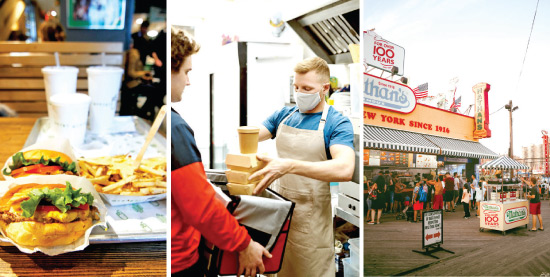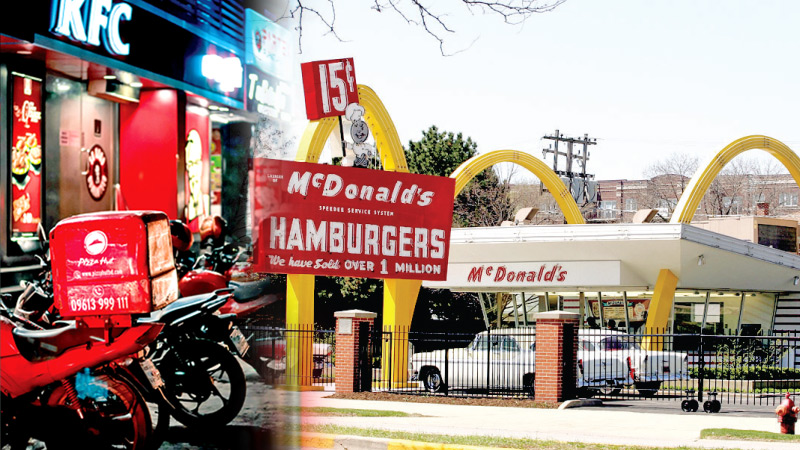Fast food, referring to food designed for quick preparation and mass production, is an integral part of modern life, which has shaped the way that people eat and interact with food, for better or worse.
From its humble beginnings to the global phenomenon it is today, fast food has proven itself as a fast and convenient way to sate your hunger on the go, evolving over time to meet the ever evolving culinary craving of consumers around the world.
However, as a symbol of modern urban life and consumerism, fast food culture has had far more consequential effects than just what people eat
While the idea of what we consider fast food today wouldn’t emerge until the 20th century, the concept of convenient food ready to buy is a basic trademark of human civilization and urban development. As far back as ancient Rome, citizens would eat simple dishes like bread in wine, honey on baked cheese, fish sauce, meats and more.
In ancient China, teahouses and eateries served quick meals like soup and stuffed buns to travellers and locals alike, a lot of which is still served to this day.
Fish and Chips
British Fish and Chips were a staple among the working classes of Victorian England, and shops that sold them predated modern fast food chains by decades, with the first one being established in 1860. Throughout history, most common folk did not have easy access to kitchens and relied on these proto fast food vendors for most of their meals.
The modern fast food industry can trace its origins to the United States in the early 20th century. Though most attribute the popularity of the idea to McDonald’s, one of the earliest pioneers of fast food was White Castle, founded in 1921 in Wichita, Kansas.

White Castle popularized the concept of the hamburger chain, offering affordable and quickly prepared meals to customers at high volume, and even innovated the idea of customers being able to see their food being prepared. Its success paved the way for other fast food chains to emerge, including A&W Root Beer, founded in 1919 introduced franchising.
Revolution
McDonald’s, which opened its first restaurant in 1940, revolutionized the industry with its standardized menu, efficient production methods, and franchising model, going on to become the world’s largest fast food chain today.
McDonald’s success inspired countless imitators, leading to the proliferation of burger chains, pizza parlors, and fried chicken restaurants across the country.
These establishments offered quick, affordable meals to customers on the go, catering to the demands of a rapidly urbanizing and industrializing society. As the pace of life accelerated, fast food became synonymous with convenience, efficiency, and urban modernization.
Its franchising business model would influence other industries, allowing businesses to expand rapidly at a similar rate. In the latter half of the 20th century, fast food franchises embarked on ambitious international expansion campaigns, bringing American-style fast food to every corner of the globe.
Globalised world
McDonald’s led the way, opening its first international restaurant in Canada in 1967 and subsequently expanding to Europe, Asia, and beyond. Other fast food chains soon followed suit, capitalizing on the growing demand for quick and convenient meals in an increasingly globalized world.
While fast food franchises enjoyed unparalleled success and profitability, they have also faced some legitimate criticism over the years for their role in promoting unhealthy eating habits, contributing to obesity and other health issues, and exploiting workers with historic minimum wages and terrible working conditions.
In recent years, there has been a growing pushback against the fast food industry, with consumers demanding more transparency, sustainability, and ethical business practices.









